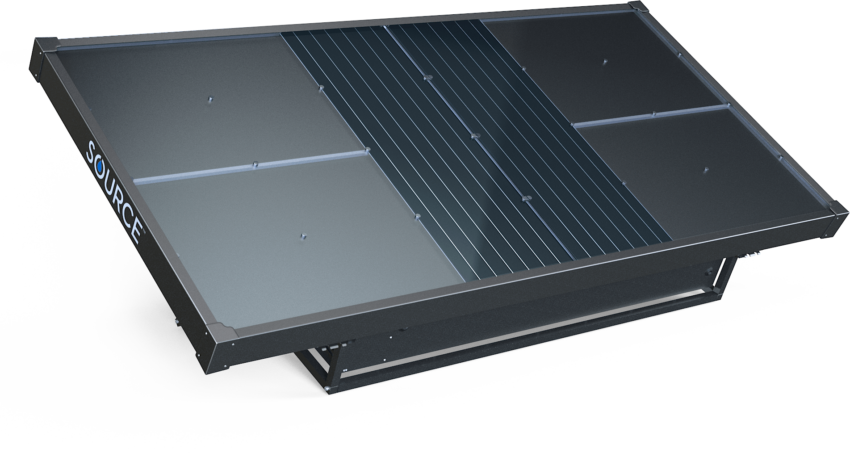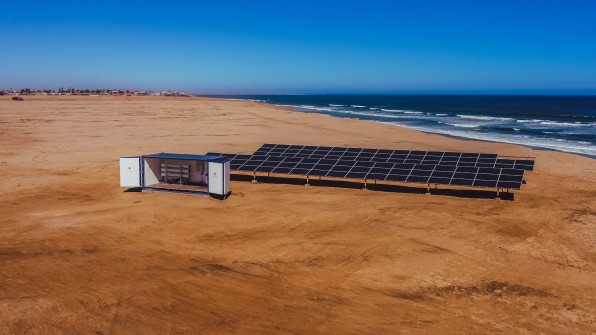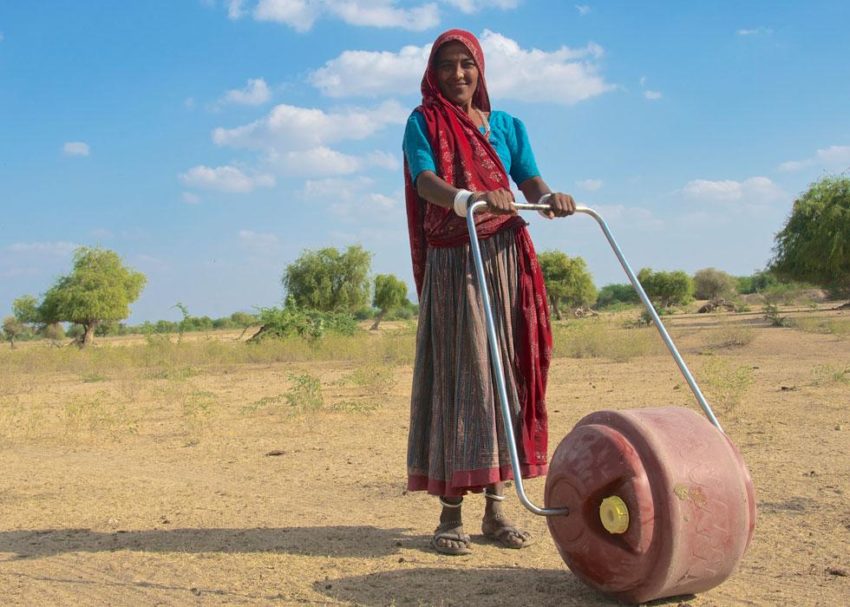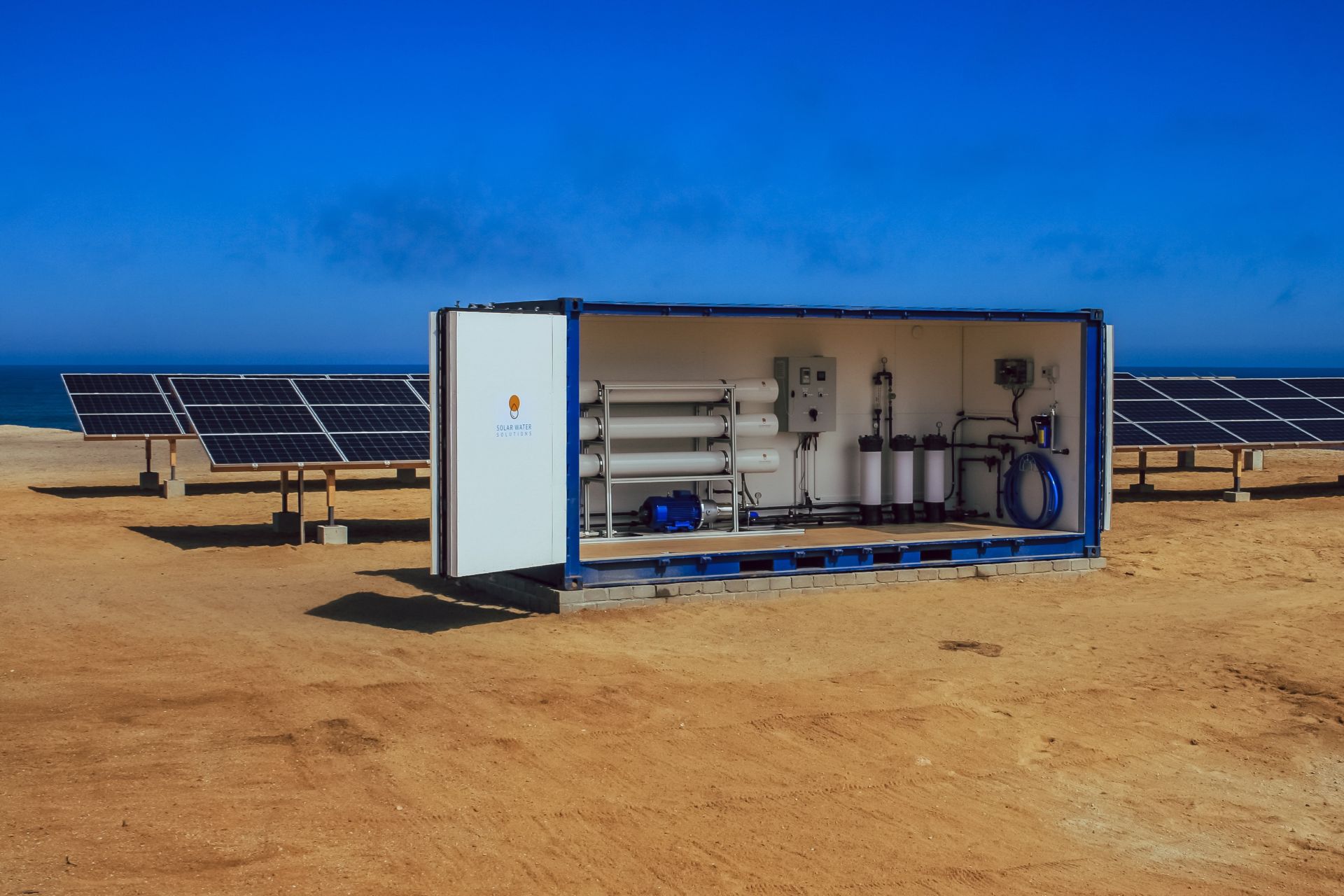Few people realize that there are parts of the world in which access to clean drinking water is not a given. Even fewer are aware that many people’s lives revolve entirely around collecting and obtaining clean drinking water with various methods you can check over here.
People who have lived their entire lives in developed nations usually take a lot of things for granted: one of those is a reliable access to water.
In fact, the quest for clean water is an issue far more widespread than most can imagine: 844 million people do not have access to a basic drinking-water service, according to the World Health Organization. Of those, 159 million people rely on surface water in order to survive.
Not only is there an accessibility issue, but there is also a scarcity issue. As a consequence of climate change—which brings rising sea levels, heavy rains, and longer droughts—the existing supply of water is constantly being contaminated. Additionally, the increase in water consumption far outpaces population growth over the last century.
In the modern age we have seen humans overcome an inconceivable number of obstacles via ingenuity and creativity. Let’s see what today’s innovators have come up with in order to combat the poignant issue of water scarcity.
Zero Mass Water

This startup, based in Arizona, USA, has caught the attention of many media platforms with the promise of an off-grid solution that ‘pulls water out of thin air.’ If this seems too good to be true, that’s because it is…to an extent. The company’s product, SOURCE, is solar-powered and consists of two Hydropanels that can hold up to 30 liters of water. SOURCE works by utilizing solar energy in order to suck air into the device with the use of a fan and passing the air through a heated material, resulting in the condensation of the water present in the air. The water is pooled into the 30-liter tanks and minerals are added for taste. In the most propitious conditions, SOURCE produces 5 liters per day, or enough for two to three people daily.
The problem with SOURCE is that this innovation is not financially feasible or efficient enough for normal usage. Costing between $5,500 to $6,500 per the company’s website, this device is much more expensive than the average person’s yearly salary in a third world country. Meanwhile, in first world countries where drinking water is easily accessible, drinking water is significantly cheaper to attain through traditional means.
Solar Water Solutions

Although the vast majority of the earth is covered with water, only 2.5% of it is fresh. Many have tried to come up with methods of desalinating water and making it drinkable, but few have done so successfully. Solar water heating solution is a finish startup that recently deployed its first solar-powered desalination plant in Namibia, which has been plagued by drought.
The startup has developed the only desalination plant that requires zero upkeep costs, as it is run entirely on solar power—requiring no batteries. The plant is capable of producing over 10,000 liters of water per hour of excellent drinking quality, per WHO standards. The water can also be utilized for irrigation purposes.
Although the costs of constructing one such desalination plant have not been released to the public, this startup’s work is truly promising and above all, efficient.
Wello Water

While many startups have focused on high-tech solutions to providing people with access to safe drinking water, Wello Water is a startup based in India that has reinvented the wheel.
In developing nations with water scarcity issues, many people are forced to spend the majority of their time obtaining drinking water and bringing it back to its family. According to the company’s website, in such areas of the world women spend 25% of their time collecting water—most of which is spent carrying the water back. The weight of the water causes chronic back pain which in turn can cause complications during childbirth.
In order to tackle this problem, Wello Water has designed a device which allows the water to be rolled along the ground, requiring only pushing from the person transporting it. This enables people to collect water more efficiently and at a larger capacity.
This product is perhaps the most practical and feasible innovation of them all, vastly increasing productivity and providing positive impact to its users.
In the cover photo: A view of Solar Water Solutions’ desalination plant. Photo Credit: Solar Water Solutions.
EDITOR’S NOTE: The opinions expressed here by Impakter.com columnists are their own, not those of Impakter.com.










